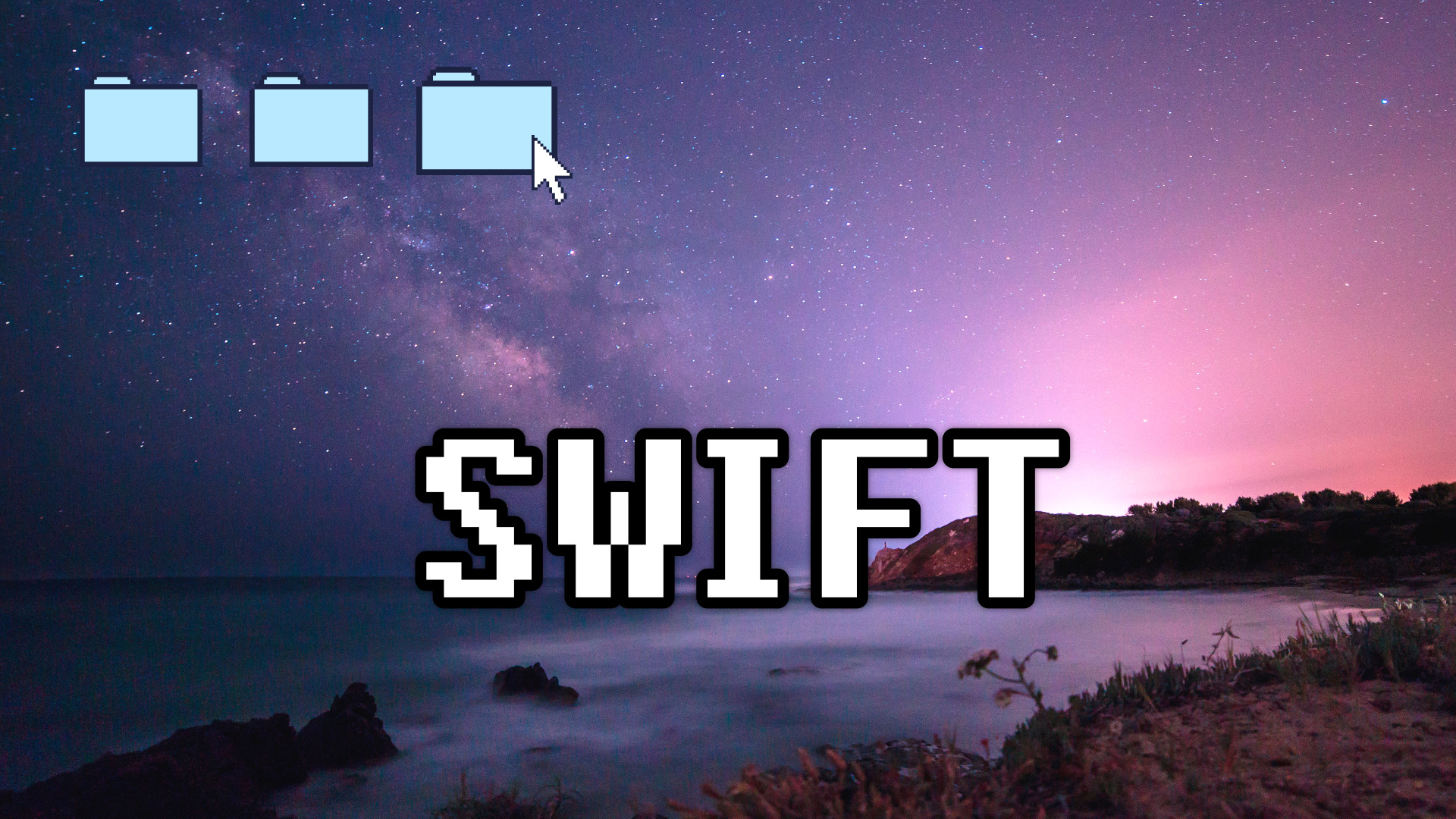- 스위프트의 클래스는 부모클래스 없더라도 상속없이 단독으로 정의가 가능하다.
- 보통 객체지향프로그래밍에서는 '객체'라고 표현하지만 스위프트 공식문서에서는 한정적인 '인스턴스' 용어를 사용한다.
클래스 정의하기
class MyClass { }
Enemy.swift :
class Enemy {
var health = 100
var attackStrength = 10
// properties
func move(){
print("Walk forwards.")
}
func attack() {
print("Land a hit, does \(attackStrength) damage.")
}
// methods
}클래스 초기화하기
MyClass()
main.swift :
let skeleton = Enemy()
print(skeleton.health)
skeleton.move()
skeleton.attack()
let skeleton2 = Enemy()
let skeleton3 = Enemy()- 인스턴스 생성, 초기화된 후 property 값에 접근하고 싶다면
.를 이용해서 접근할 수 있다. - 구조체와는 다르게 클래스의 인스턴스를 상수
let으로 선언해도 내부 property 값을 변경할 수 있다
: 클래스의 인스턴스는 참조 타입이므로
상속
class Myclass: SuperClass {}
SuperClass와 SubClass
SubClass는 SuperClass의 모든 property들과 method들을 상속받는다.
override
subclass에서 override 키워드를 사용하여 method를 생성하면 이는 superclass의 함수를 재정의한다는 것.
Dragon.swift :
class Dragon: Enemy {
var wingSpan = 2
func talk(speech: String){
print("Says: \(speech)")
}
override func move(){
// Super Class의 move()함수와는 다른 함수를 재정의하겠다!
print("Fly forwards")
}
override func attack(){
super.attack() // super class의 attack () Method
print("Spits fire, does 10 damage") // 재정의된 attack() method
}
}
구조체 vs 클래스
공통점
- property : 값을 저장하기 위해 property를 정의한다
- mothod : 기능을 실행하기 위해 method를 정의한다
- 서브스크립트 문법을 통해 구조체 또는 클래스가 갖는 property에 접근하도록 서브스크립트를 정의할 수 있다
- 초기화될 때 상태를 지정하기 위한 이니셜라이저를 정의한다
- 초기구현 및 새로운 기능을 추가하기 위해 익스텐션을 통해 확장할 수 있다
특정 기능 실행을 위해 특정 프로토콜을 준수한다
차이점
- 구조체는 상속 불가능 / 클래스만 상속이 가능하다
- 타입캐스팅은 클래스의 인스턴스에만 허용된다
- 디이니셜라이저는 클래스의 인스턴스에만 활용할 수 있다
- Referencing Counting (참조 횟수 계산)은 클래스의 인스턴스에만 적용된다
값 타입
- 어떤 함수의 전달인자로 값 타입의 값을 넘기는 경우 : 전달될 값이 복사되어 전달된다
- 메모리에 전달인자를 위한 인스턴스가 새로 생성됨
- 새로 생성된 인스턴스에 전달하려는 값이 복사되어 들어간다.
참조 타입
- 참조 타입이 전달인자로 전달될 때는 값을 복사하지 않고 주소가 전달된다
- C의 포인터와 유사
- 참조가 할당되는 경우 :
함수의 전달인자로 넘기는 경우, 다른 변수 또는 상수에 할당되는 경우
- 기존 인스턴스의 참조를 전달하므로 새로운 인스턴스가 아닌 기존의 인스턴스 참조를 전달한다.
- 새로운 변수에 할당될 때도 마찬가지이다.
클래스의 경우
let skeleton1 = Enemy(health: 100, attackStrength: 100) let skeleton2 = skeleton1 skeleton1.takeDamage(amount: 10) skeleton1.takeDamage(amount: 10) skeleton2.takeDamage(amount: 10)skeleton2에 skeleton1을 넣고 실행하면
skeleton1.health와skeleton2.health가 모두 70이 된다.
(참조에 의한 복사이므로 skeleton1과 skeleton2는 한몸인 것!)구조체의 경우
var skeleton1 = Enemy(health: 100, attackStrength: 100) var skeleton2 = skeleton1 skeleton1.takeDamage(amount: 10) skeleton1.takeDamage(amount: 10) skeleton2.takeDamage(amount: 10)
skeleton1.health는 80,skeleton2.health는 90의 값을 갖는다.
(값에 의한 복사이므로 skeleton1과 skeleton2는 별개로 존재한다!)
식별연산자 Identity Operators
===, !==
: 클래스의 인스턴스끼리 참조가 같은지 확인할 때 식별연산자를 사용한다.

